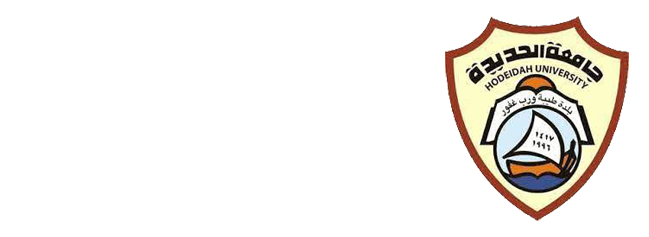The Context of the Situation According to Saibawayh
Keywords:
Context, situation, direction, structures, SaibawayhAbstract
The context of the situation occupied a great position by Saibawayh, as he made it a decisive measure at many times and in many places in his book, so it had the final word in explaining the purposes of speech and the grammatical and morphological directions that result from it. The context of the situation, or what is known as the speech position or the non-linguistic context, appeared clearly by Saibawayh through three aspects, which are the focus and essence of this research. These three aspects were represented in: the direction of the addressee's knowledge, which is what the first chapter dealt with, the direction of the speaker's purpose, which is what the second chapter addressed, and the direction by the indication of the observed situation, which is what the third chapter revolved around. This research came out with a number of results, the most important of which are:
- The context of the situation – with all its non-linguistic elements – is one of the methodological foundations that Saibawayh relied on in his grammatical and syntactic directions for many structures, examples, and poetic and Quranic evidence.
- The context of the situation according to Saibawayh had three aspects: the first is represented in the speaker's purpose and will or the meaning hidden in himself; the second is represented in the direction based on the addressee's knowledge of the meaning; and the third is represented in the conditions accompanying the structure or the observed situation.
- It was apparent that Saibawayh relied on the context of the situation in the grammatical and morphological direction, especially with regard to deletion specifically, and other things that the structure requires in terms of grammatical or morphological direction.
As for the approach that was adopted, it is the descriptive analytical approach, as it is the most appropriate for the nature of this research and its purposes.
Downloads
Published
How to Cite
Issue
Section
License
Copyright (c) 2024 د. محمد بن يحيي الحكمي

This work is licensed under a Creative Commons Attribution 4.0 International License.
- البحوث المنشورة في المجلة مرخصة بموجب ترخيص (CC BY 4.0) Creative Commons Attribution 4.0 الدولي.
- تسمح المجلة بإعادة نسخ وتوزيع ونقل العمل لأي وسط أو شكل لأي غرض.
- تسمح بالتعديل والتحويل، والإضافة على العمل مع نسبة ذلك إلى المؤلف.
- حقوق النشر يحتفظ بها الباحثون.




